Reproduction of a climbing rose by cuttings in summer
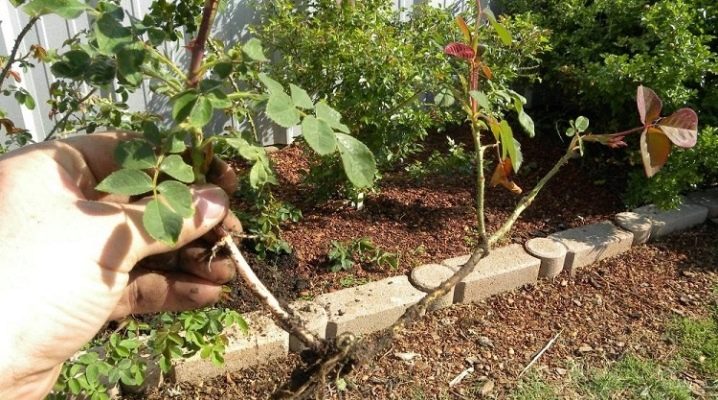
Climbing roses are found in many courtyards and gardens. They transform the plots with their appearance, are actively used in landscape design. However, not all gardeners know how to reproduce them correctly. One of the most famous methods is cuttings. This manipulation can be performed from spring to autumn. But in the summer, propagating climbing roses by cuttings is not easy. Difficulties are associated with the rigidity and lignification of the shoots. For this reason, germination takes much longer.
High air temperatures and lack of moisture can cause the planted plants to dry out. The correct approach to breeding will avoid this problem. It is inappropriate to increase the "population" of climbing roses by seeds: this method does not allow maintaining varietal characteristics. Cutting in such cases is more preferable. Consider all the pros and cons of this option, let's figure out the nuances.

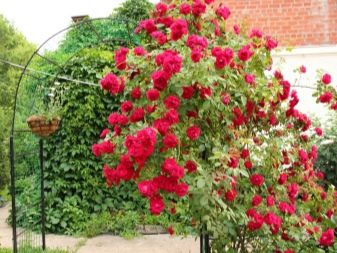
Advantages and disadvantages
Reproduction of a climbing rose by cuttings in the summer has a lot of advantages. The main advantages are:
- in the absence of root growth in young plants;
- in favorable weather conditions, allowing you to propagate and transplant any kind of roses;
- in the easy availability of all planting material;
- in the longevity of seedlings obtained from cuttings (compared to grafted ones).
The main disadvantage of summer cuttings is associated with the fact that young plants do not have the opportunity to root thoroughly, in winter they need reliable protection from the cold.
Yellow varieties of climbing roses are more demanding on growing conditions, they take much longer to root. For such plants, it is recommended to use the grafting technique.


Timing
It is necessary to propagate roses correctly, this is the only way to guarantee a positive result. Usually, cuttings are performed during the flowering period, but much depends on the variety. The climbing rose is best propagated in July. By this time, the shoots have reached their optimum thickness, but have not yet lignified. Particular attention should be paid to weather conditions. If persistent drought is expected after planting, the plants may die due to lack of moisture. In such situations, it is recommended to move the transplant to a later time or prepare for constant irrigation of the seedlings.
Taking into account the region
Cutting roses must be carried out taking into account the climatic characteristics of a particular region. In northern latitudes, where summers are cool and short, it is better to do this in June or July. Young bushes need to gain strength before the onset of frost, and take root thoroughly. In southern latitudes, cuttings can be performed in the first half of August. Different varieties are preferred in different regional entities.
For example, in Siberia, breeding varieties are planted, which are characterized by increased frost resistance. One of the most popular varieties is Rosarium Uetersen. Westerland roses are also great for northern latitudes. Another frost-resistant variety is New Dawn. For the middle zone of the Russian Federation, roses are optimal, characterized by resistance to strong gusts of wind and temperature extremes, calmly related to the characteristics of the soil. The Baltimore Belle and Bobby James varieties fully meet these requirements. Golden Wings and Dortmund are not afraid of the changeable climate.

Auspicious days
Reproduction of climbing roses by cuttings must be performed on certain days in accordance with the lunar calendar. The dates change every year. It is necessary to carefully study the calendar and choose the appropriate numbers. Particular attention is focused on the lunar phase. It is undesirable to prune cuttings during the new moon. Roses are transplanted exclusively before the new moon phase or immediately after its end.
Experienced gardeners try to replant roses during the waxing moon.
Material preparation
Before grafting roses, you need to prepare them. Climbing crops are propagated by green or already stiff cuttings. The first is usually harvested in the summer, and the second - during pruning in the autumn or summer, in order to plant next year. When choosing a shoot for cuttings, attention is focused on its thickness and the number of buds. For this purpose, it is best to use cuttings, the thickness of which is 5-8 mm, with 3 to 5 buds.
The cut is made at a 45-degree angle, approximately 1 cm from the inferior kidney. As for the upper cut, its location should be slightly higher, a distance of 2-3 cm must be observed from the upper bud. The next step is to remove excess foliage in the lower part, leaving 2-4 young leaves closer to the top. It is important that the length of the seedling is no more than 12-15 cm. By analogy, shoots are selected to form air outlets. A miniature bag of soil is attached to a suitable branch in the desired area, and new roots are germinated in it.
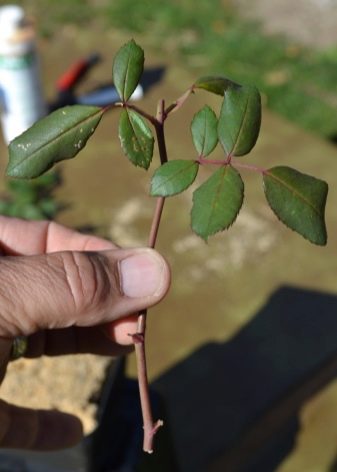
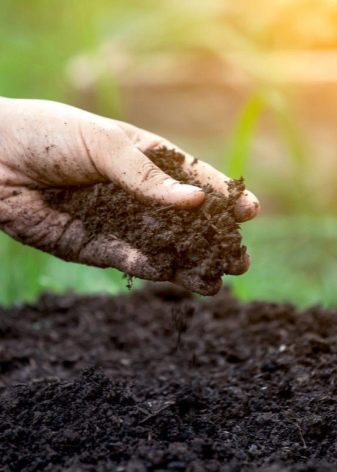
How to root cuttings?
Rooting cuttings requires the right approach. There is a simple method that should be taken into account by all gardeners who love climbing roses. If done correctly, the plants will take root quickly. The prepared petioles should be placed in a solution that stimulates the growth of rhizomes. For example, in "Kornevin". They need to be kept in solution for a day, after which they should be planted in the soil, deepening by about 5 cm. It is important to maintain a slight slope. To cover the shoots, plastic or glass caps are used. Plants require daily irrigation, ventilation, humidification with a spray bottle. The need for shelter persists until the first buds appear on the shoots. Rooting takes 4 to 6 weeks. The fact that it was successful can be judged by the formation of young leaves on the shoots.
There are summer residents who practice sprouting rhizomes in water or potatoes. In this case, the liquid must be changed every two days, maintaining a temperature of + 23-24 degrees. It is important to provide diffused light. Some sprout cuttings in potatoes. Since it is enriched with starch and other nutrients, a positive result is almost always achieved. Prefer medium-sized potatoes and avoid rotten tubers.
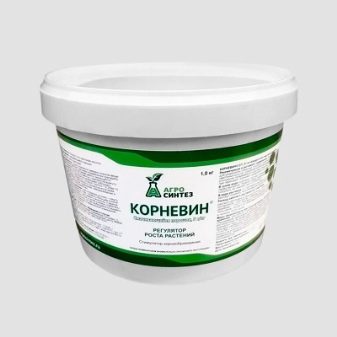
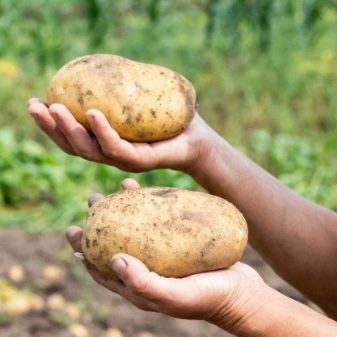
Landing features
Rose cuttings must not only germinate, but also plant correctly. Their cultivation takes place in several stages.
- Choose a shaded location so the stalks are not exposed to strong sun. Young roses are planted under trees to avoid direct sunlight.
- Formation of beds for planting with their backfilling with turf and humus. The thickness of the pillow should be about 8-10 cm.
- Laying on top of a sand-peat mixture in equal proportions.
- Placing ready-made cuttings in pre-prepared soil with a maximum depth of 2 cm. If the plants are deepened deeper, this will significantly slow down the rooting process.
- Covering seedlings with banks, regular irrigation.
- Shelter of young rose bushes for the period of cold weather. They are transplanted to a permanent place in the spring of next year.
Adult rose bushes are fertilized with manure, such dressings are contraindicated for cuttings: they can lead to decay of seedlings.
Try propagating climbing roses by cuttings - this is one of the most popular methods, which is not particularly difficult.

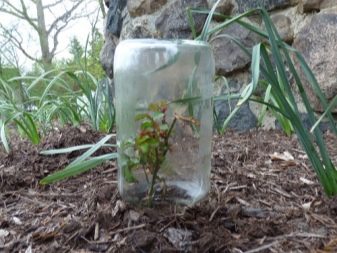

































































































The comment was sent successfully.